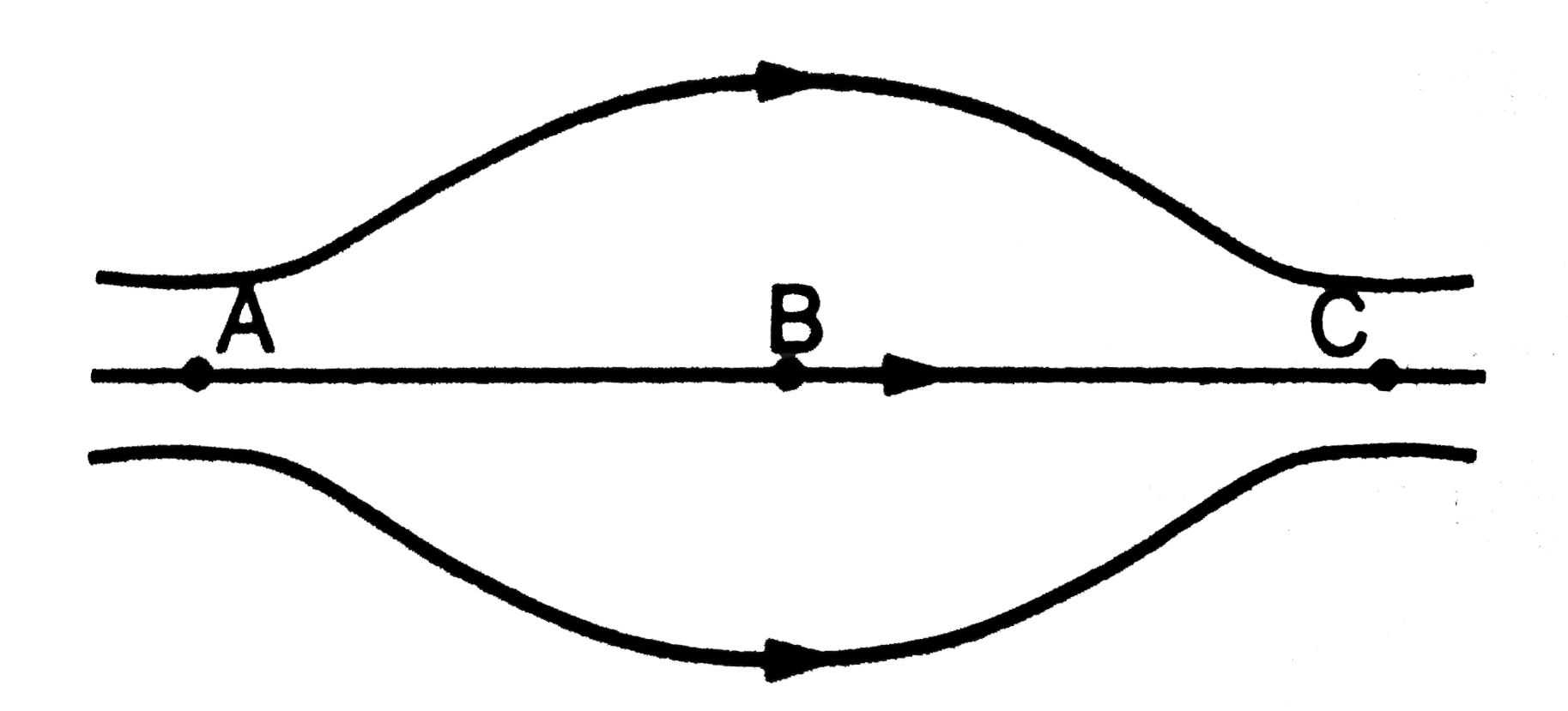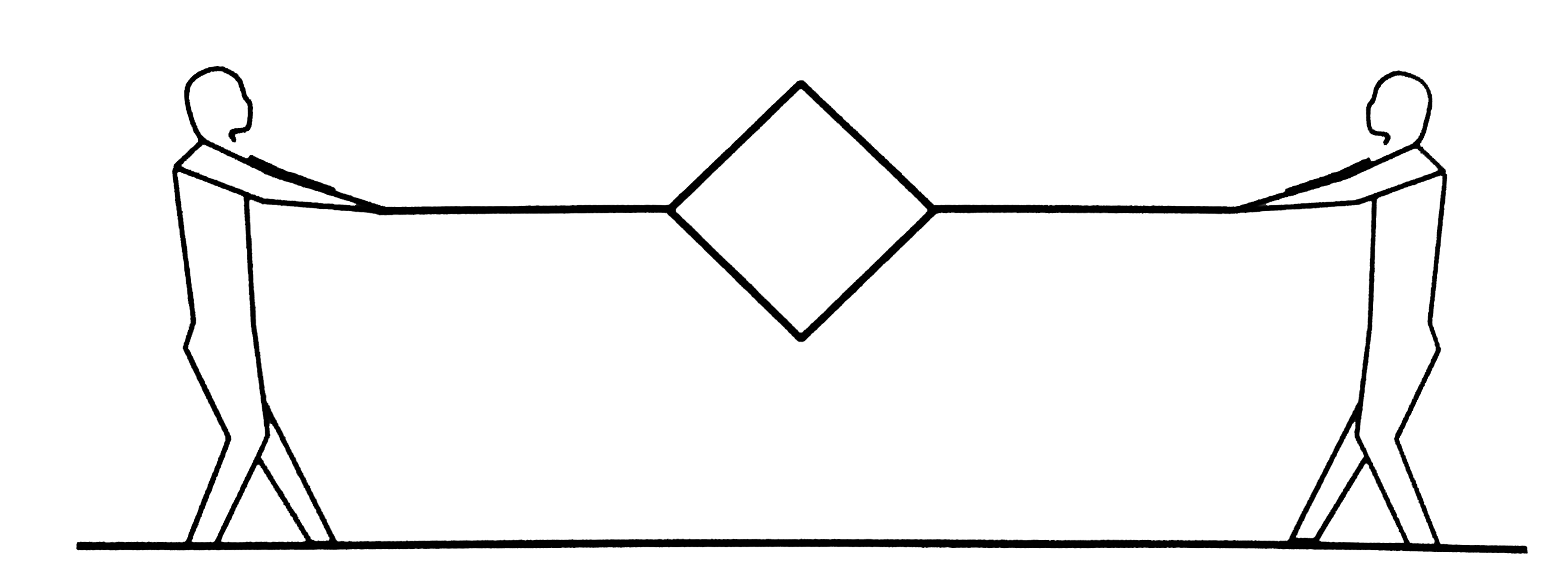A charge Q is to be divided on two objects. What shouold. be the values of the charges on the objects so that the. force between the objects can be maximum?.Solution in Gujrati
Suppose one object receives a charge q and the
other Q-q. The force between the objects is
F=q(Q−q)4πε0d2,
where d is the separation between them. For F to be
maximmum, the quantity
y=q(Q−q)=Qq−q2
Should be maximum. This is the case when,
dydq=0or,Q−2q=0or,q=Q2
Thus, the charge shuld be divided equally on the two objects.
Topper's Solved these Questions
- BOOK - HC VERMACHAPTER - ELECTRIC FIELD AND POTENTIALEXERCISE - Short Answer14videos
ELECTRIC FIELD AND POTENTIAL
- BOOK - HC VERMACHAPTER - ELECTRIC FIELD AND POTENTIALEXERCISE - Objective 19videos
ELECTRIC FIELD AND POTENTIAL
- BOOK - HC VERMACHAPTER - ELECTRIC FIELD AND POTENTIALEXERCISE - Exercises75videos
ELECTRIC FIELD AND POTENTIAL
- BOOK - HC VERMACHAPTER - ELECTRIC CURRENT THROUGH GASESEXERCISE - Exercises23videos
ELECTRIC CURRENT THROUGH GASES
- BOOK - HC VERMACHAPTER - ELECTROMAGNETIC INDUCTIONEXERCISE - EXERCISE9videos
ELECTROMAGNETIC INDUCTION
Similar Questions
The charge on a proton is +1.6X10(−19)C and that on an electron is −1.6X10(−19)C. Does it mean that the electron has a charge 3.2X10(−19)C less than the charge of a proton?
01:51View SolutionFigure shows some of the electric field lines correspoinding to an electric field. The figure suggests that
 02:19View Solution
02:19View SolutionFind the dimensional formula of ε0 .
07:22View SolutionA discharge tube contains helium at a low pressure. A large potential difference is applied across the tube. Consider a helium atom that has just been ionized due to the detachment of an atomic electron. Find the ratio of the distance travelled by the free electron to that by the positive ion in a short time dt after the ionization.
02:42View SolutionShown a metallic square frame of edga a in a vertical plane. A uniform magnetic field B exists in the space in a directon perpendicular to the plane of the figure. Two boys pull the opposite corners of the square ot deform it into a rhombus. They start pulling the corners t t=0 and sisplace the corners at a uniform speed u. (a) find the induced emf in the frame at the instant when the angles at these corners reduce to 60∘. (b) find the induced current in the frame at this instatnt if the total resistance of the frame is R. (c) Find the total charge which flows through a side of the frame by the time the square is deformed into a straight line.
 02:17View Solution
02:17View SolutionA charge Q is to be divided on two objects. What shouold. be the values of the charges on the objects so that the. force between the objects can be maximum?.
05:06View SolutionExplain why a neutral object can be attracted to a charged objec. Why can this neutal object not be repelled by a charged object ?
06:07View Solutionकिसी आवेश Q को दो भागों में किस अनुपात में विभाजित करेंगे ताकि किसी निश्चित दुरी पर उनके बिच प्रतिकर्षण वैधुत बल का मान महत्तम हो ?
04:04View SolutionA charge Q is divided into two charge q and Q-4 The value of q such that the force between them is maximum is
View SolutionA charge is divided into two charges q and (Q-q) .The value of q so that force between them is maximum is equal to
06:36View SolutionWhat is the effect on the lawful force between two charged objects if the charge of one of them is reversed?
03:17View SolutionA charge Q is to be divided into two objects. What is the value of charge on both the objects so that the force between them is maximum?
View SolutionA charge Q is to be divided on two objects. What should be the values of the charges on the objects so that the force between the objects can be maximum?
02:35View SolutionA charge Q is to be divided into two parts q and (Q-q) such that the force between them is maximum at a certain distance. The value of q is
02:31View SolutionA charge Q is to be divided into two small objects. What should be the value of the charges on the objects so that the force between the objects will be maximum.
02:09View SolutionA charge Q is divide into two charges q and (Q−q). What should be thr relation between Q and q so that force between q and (Q−q) is maximum?
01:24View Solution

